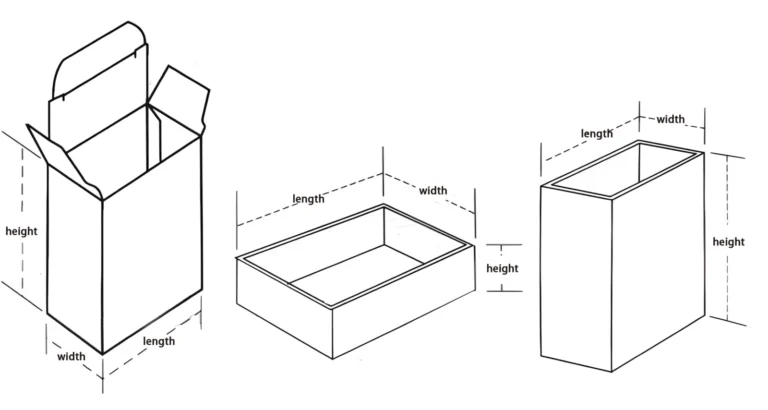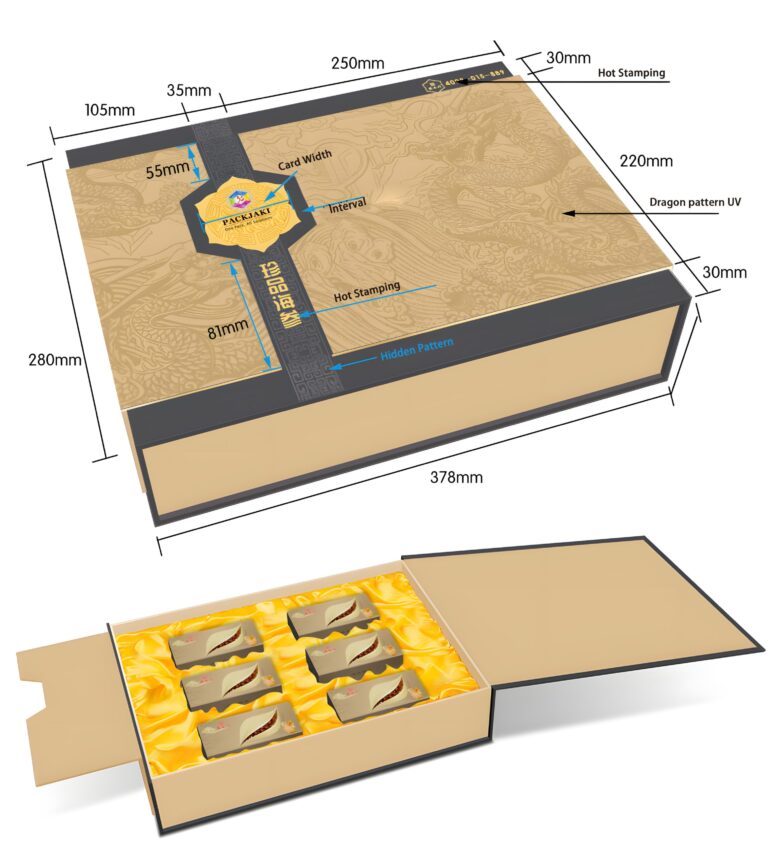How Do You Measure Box Dimensions?
When it comes to packaging, knowing how to measure box dimensions isn’t just a skill—it’s a game-changer. Imagine receiving a box that’s too small to fit your product or one so oversized that it screams “wasteful.” I’ve been there, and trust me, it’s frustrating. So let me walk you through a simple, human-centered guide to getting it right.
Understanding Box Dimensions

Let’s break this down step by step. Every box has three main dimensions: Length × Width × Height. Sounds simple, right? But here’s where it gets tricky: if you’re not consistent, confusion creeps in. Length is the longest side of the base, width is the shorter side, and height measures how tall the box is when it’s closed.
Now, why does this matter? Because whether you’re shipping a delicate crystal vase or a sturdy pair of boots, the box dimensions dictate everything—from the snugness of the fit to how much you’ll pay in shipping fees. And trust me, you don’t want to overspend because of a box that’s too big.
Step-by-Step Measurement Process
1. Prepare the Box:
Ensure the box is empty and properly assembled. For accurate measurements, lay the box on a flat surface and close all flaps if applicable. For collapsible or flat-packed boxes, reassemble them before measuring.
2. Measure the Length:
Identify the longest side of the box’s base and use a measuring tape or ruler. Place the measuring tool at one corner and extend it to the opposite corner. Record this measurement as the length.
3. Measure the Width:
Next, measure the shorter side of the base, perpendicular to the length. Position the measuring tool at one end and extend it straight across. Record this as the width.
4. Measure the Height:
To measure the height, place the measuring tool vertically along the box from the bottom edge to the top when closed. This gives you the height.
5. For Irregular Boxes
For boxes with curved or slanted sides (e.g., cylinder or triangular boxes), use the longest horizontal and vertical points to determine dimensions. This ensures you capture the largest possible fit.

Why This Matters?
You might wonder why all this fuss about accuracy. Let me give you a real-life example: a friend of mine runs an online shop for handmade candles. She once shipped a batch in oversized boxes. Not only did it cost her more in shipping, but the candles arrived damaged because they had too much room to move around. A simple measurement error can lead to unhappy customers and unnecessary expenses. You don’t want that, do you?
Handling Different Box Types
Not all boxes are created equal. Here’s how you can handle different styles:
Standard Rectangular Boxes: These are straightforward. Follow the basic Length × Width × Height method.
Gift Boxes with Lids: Measure both the base and the lid separately to ensure they fit perfectly.
Irregular Shapes (like Cylinders): Measure the widest and tallest points to account for the maximum size.
If you’re working with custom boxes, consider asking Packjaki for guidance. We have seen it all and can offer advice tailored to your needs.
Pro Tip: Internal vs. External Dimensions
Here’s something I learned the hard way: always confirm whether you need internal or external dimensions. If you’re designing packaging, the internal dimensions are what matter most—they ensure your product fits snugly. On the other hand, for shipping purposes, you’ll need the external dimensions to calculate costs.
If You're Not Sure How to Measure
If you already know how to measure your box dimensions, simply let us know. If you’re unsure, you can provide us with the dimensions of your product, and our professional designers will recommend the most suitable box size for your product.
Conclusion
Accurate box measurements are a crucial step in ensuring your product’s safety and shipping efficiency. If you have any questions about how to measure your box dimensions, feel free to contact us. We are here to provide expert advice and help you choose the best packaging solution for your product.

Leo Zhong
My expertise lies in creating cost-effective, visually appealing, and suitable packaging solutions that safeguard products. I collaborate with the company to design customized packaging tailored to meet the specific needs of our clients.

